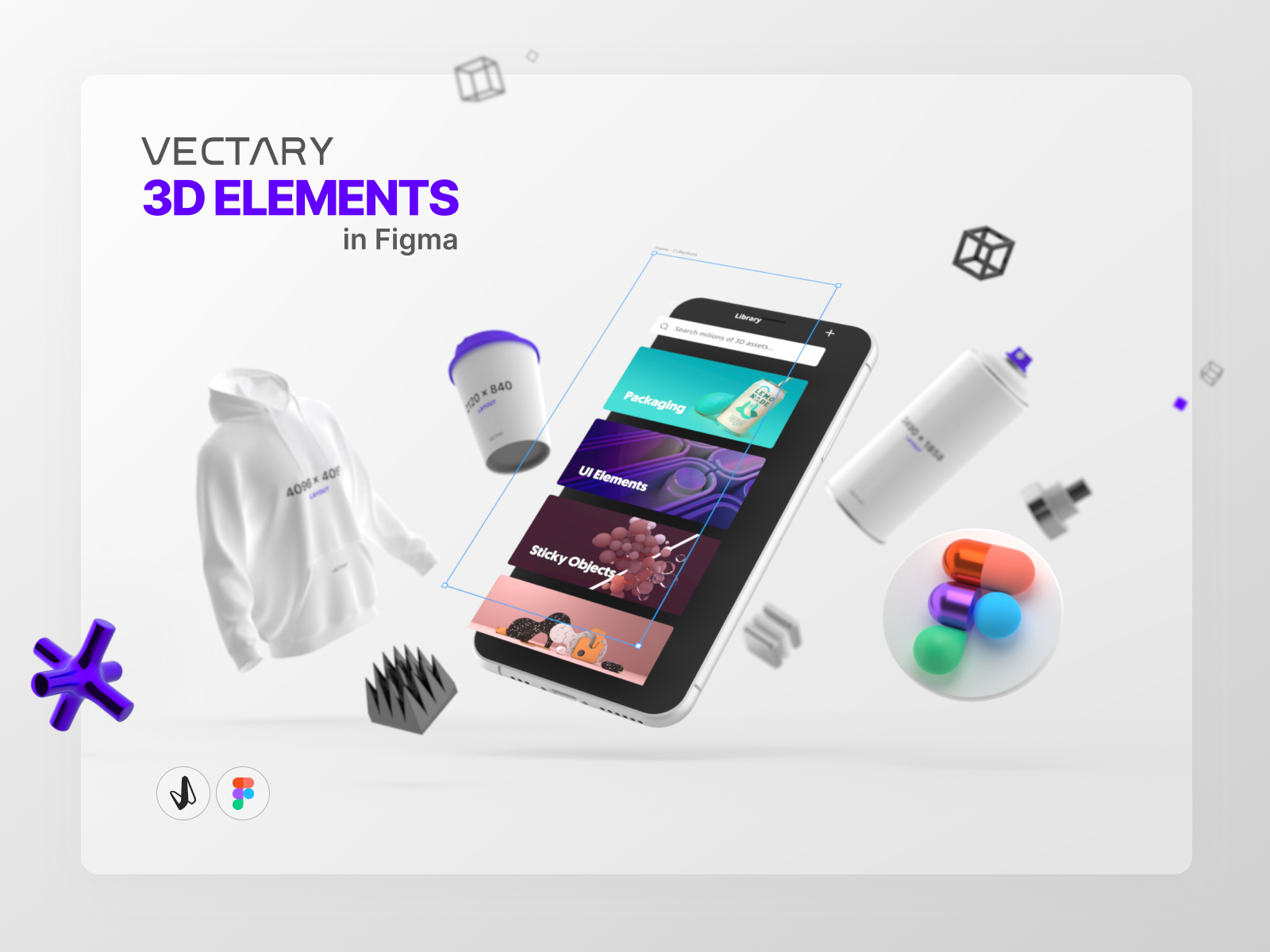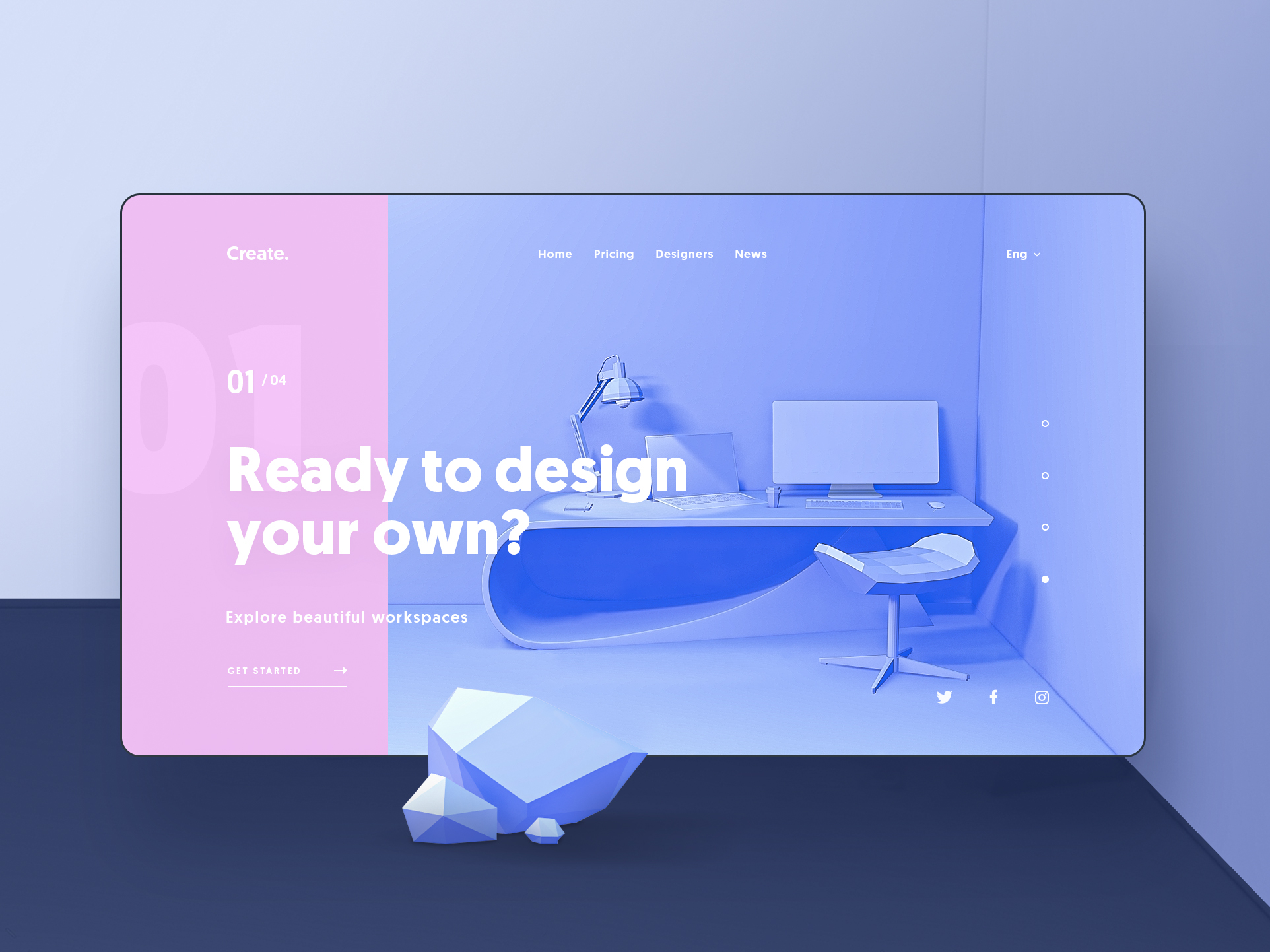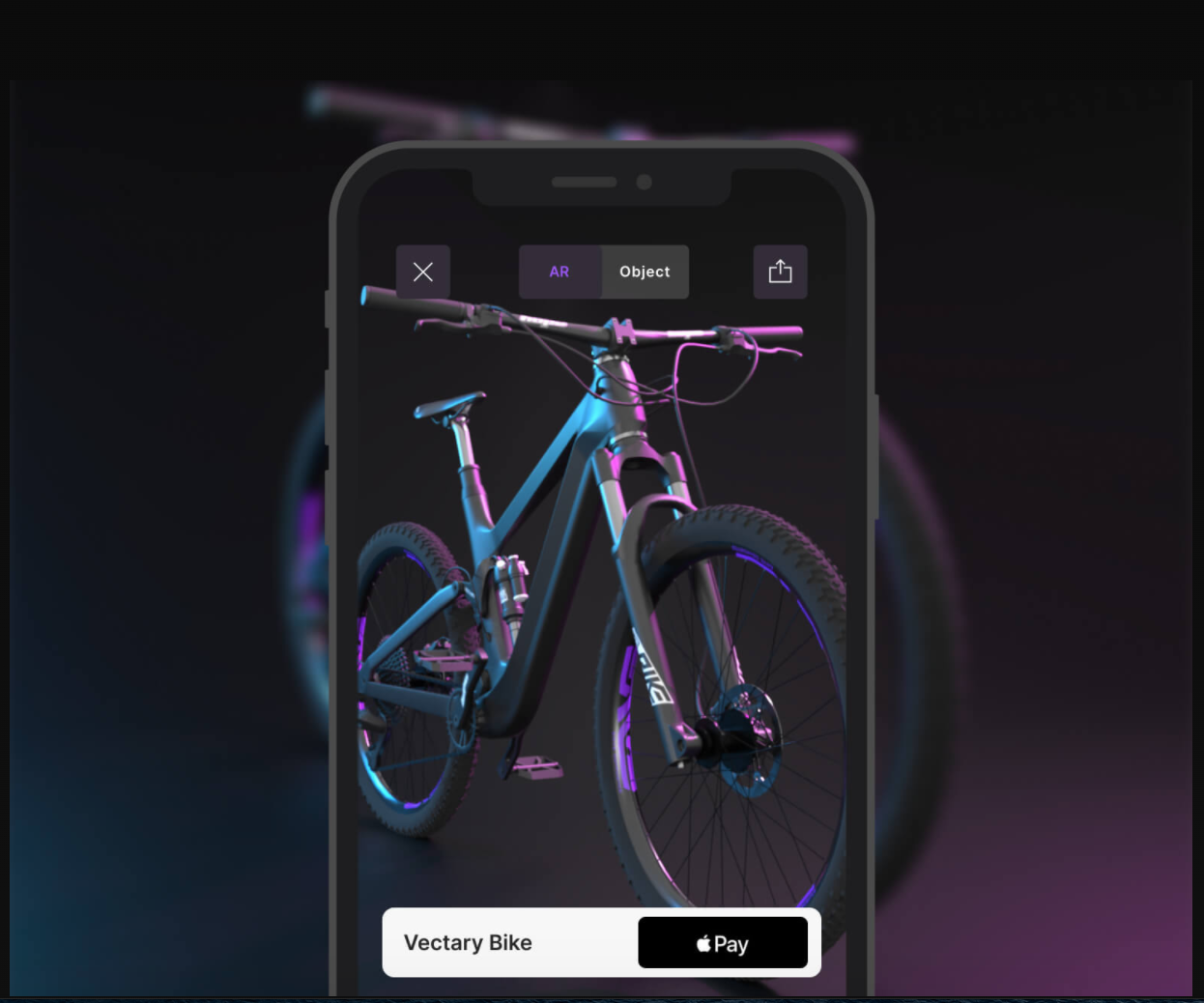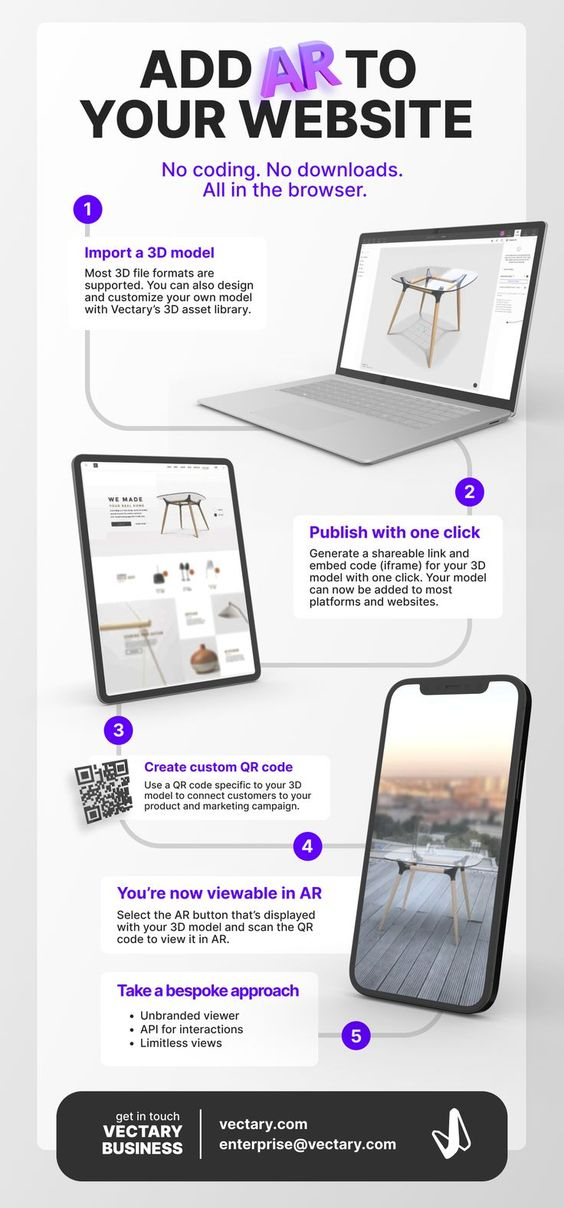7 ways to differentiate your business with 3D and Augmented Reality
Differentiating your business online is easy, with 3D and Augmented Reality.
In 2020, the move towards integrating digital channels into business strategies was accelerated. The use of online platforms to make purchases was initially due to necessity but has since become the preference due to the convenience With more consumers and businesses online, there’s a growing demand for ways to differentiate your commercial offering. The solution is easier, and more accessible than you think: 3D content and Augmented Reality.
We’ve gathered a few customer touchpoints that could benefit from a more tech-forward approach:
1. Anti-stock photography
We’ve definitely come a long way from the aesthetically-displeasing stock images of the earlier Internet. This is thanks, in large part, to popular platforms like Unsplash, Pexels, and Canva. They’ve made quality visuals more accessible to content creators and we’ve all benefited from this, particularly as we continue to move towards a more visual online experience. Great 2D graphics should be standard but adding 3D will help set you apart.
For example, an easy start is to use the Vectary for Figma plugin, by incorporating 3D elements into your brand’s 2D visual language. The best part is that you don’t need to move away from your current visual content production set-up as the Vectary 3D plugin works within your Figma project.

2. Website graphics
The trend of using 3D graphics in websites is nothing new. However, it no longer needs to be something that’s only used by businesses and agencies with large production budgets. Thanks to a no-code approach, there is no longer a dependency on expensive software downloads, or outsourcing the complex experience needed to create a 3D design.
If you’re looking for a bit of inspiration, read more about our recent website update or scroll through vectary.com.

3. WebAR viewer for Augmented Reality (AR)
If you’ve taken a peek at our Vectary Business infographic, then you’re already familiar with how easy it can be to incorporate AR into your product communications. It’s also something that can keep your business, or clients, ahead of the curve and showcase your services, particularly if you’re focused on innovation.
An important component to this is WebAR.
According to preliminary data from Shopify, stores with 3D models in augmented reality have increased conversion rates by up to 250%
A WebAR viewer essentially allows you to display and view a 3D object. If you’ve created a 3D object with Vectary, our AR viewer provides the functionality to view objects in AR through most Android and iOS devices. There’s no need for any downloads or installations as Google and Apple have built-in AR functionality in their mobile devices.
4. 3D product configurator or interactive 3D display
If you’ve visited a furniture store website, there’s a chance that you experienced a product configurator. 3D product configurators provide a customizable 3D view of a product. It gives a viewer the opportunity to experience a close to ‘real-world’ experience of a product and allows them to customize it using interactive elements, like changing the textile option on a sofa, or the wood finish in a chair.
While already popular with certain industries, product configurators have beneficial applications across numerous products and services. It offers customers an experience that’s unrivaled by physical stores and can help influence purchasing behavior.
5. Digital advertising
In advertising, it is harder than ever for brands to stand out. With limited time to grab the viewers’ attention, using tools like WebAR, the chances are, your ad will demand attention. By offering consumers an interactive 3D view of a product and the option to purchase the ad is automatically more engaging and informative.
It is even possible to offer them a chance to purchase or view more info on a website, immediately through the use of an AR button, a definite benefit when it comes to measuring the ROI of your campaign.

6. Data and infographics
3D is a great medium for displaying data or information. Not only does it provide a simpler way to get your ideas across, but it can also be used for complex datasets. And the good news is that you no longer need to rely on the default graphics in your Microsoft Excel doc.
The key is to add 3D elements where it can enhance the overall user experience, as well as showcase the functionality in a way that is easily understood.
Here’s an infographic that we put together for our Vectary Business team.

7. Presentations
Presentations are an important brand touchpoint and sales tool. It communicates who you are as a business and what you can offer.
3D graphics can add simple visual interest to presentations or communicate and highlight complex data. It could also serve a greater role as an extension of your brand’s visual language, through brand artifacts, like logos and user interface (UI) components that incorporate brand design.
You can place Vectary 3D models into PowerPoint presentations. Simon Lee turned presentations into an art with their built-in animations.